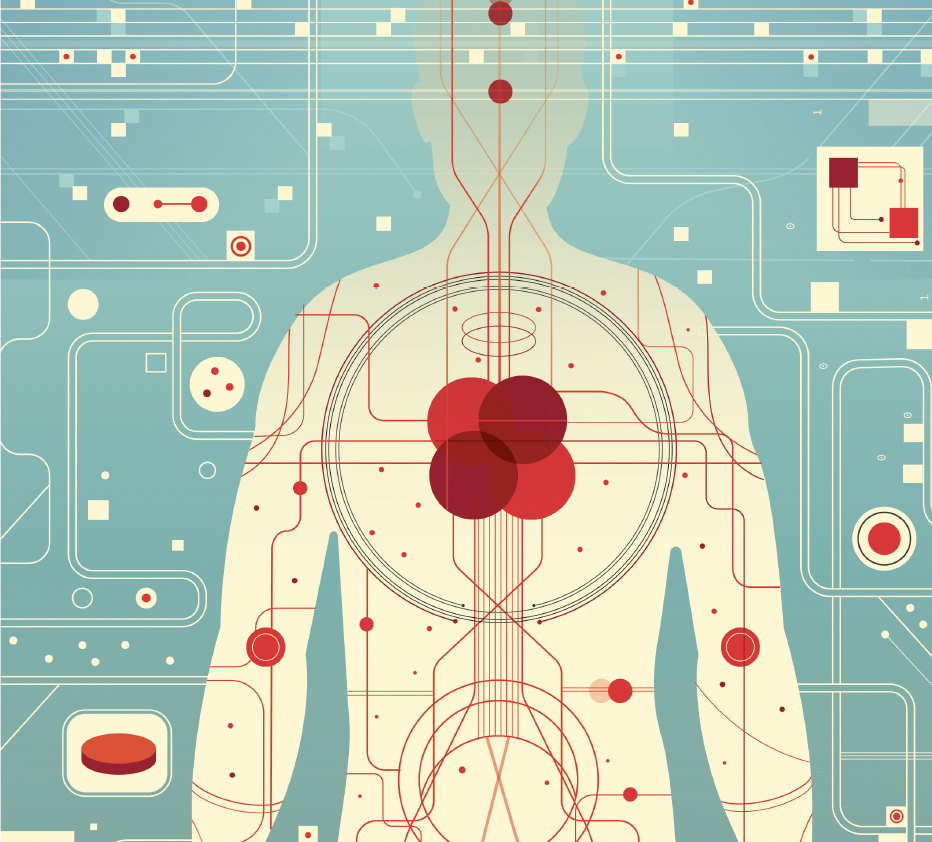
Precision EM: Informatics
Ian Brown, MD and Maame Yaa Yiadom, MD are utilizing data and informatics in new ways to improve acute care.
Harnessing Data to Improve Emergency Care
The Emergency Department Data Analytics Committee (EDAC) is employing informatics to improve care delivery through research, quality monitoring, and machine learning.
Comprised of emergency medicine physicians with informatics expertise, a clinical data architect, and a data analyst, the team guides emergency medicine clinical operations and researchers in utilizing patient data in innovative ways.
The goal is to use informatics to drive the right care for patients starting the moment they arrive in the emergency department lobby, and to guide the physician in providing evidence-based care.
Committee member Maame Yaa Yiadom, MD explains:
“In cases of heart attack, according to medical literature, if you only use chest pain as a determinant to order an EKG, you’re going to miss 20 to 30% of cases. Women have different risks and symptoms than men. Non-English speakers communicate their experience differently. People who haven’t had access to primary care will present differently. This all adds up to differential risk for an emergency condition.
“When this is not accounted for, we see differences in how well patients do. Yet physicians have a finite capacity to secure and utilize data points. We should use the power of computing to apply our understanding of known risk diversity to support early diagnosis more precisely.”
According to Yiadom, interim vice-chair of research for Stanford’s Department of Emergency Medicine, there are two primary ways to utilize artificial intelligence:
the system can make a decision; OR
the system can present information that the physician can layer on top of decision-making.
For example, based on data points, the system might determine a patient has a 93% risk of fall in the next 24 hours. The physician would use this information to evaluate if they should order physical therapy, or advise the patient do a home safety check for items that they might trip over.
Yiadom is also exploring how to replicate physician decision-making when a physician isn’t present.
“The first person a patient talks to is often a clerk entering their information in the computer. That may not be the best person to identify risk. However, 75% of our patients have been seen within the Stanford system before. We can expose that data to artificial intelligence built into the system to have a computer identify early on which patients need tests.”
Ian Brown, MD, clinical associate professor, was the first Stanford emergency medicine physician to be board certified in clinical informatics, and in 2008, when the hospital was getting ready to go live with EPIC EHR, he spent hundreds of hours running clinical scenarios and redesigning workflows to create a more efficient system. He is now utilizing informatics to identify variances in care delivery.
Brown says, “I spend my days taking care of one patient at a time, and that’s what I wanted to do, to help people in greatest need. But with informatics, there’s such an opportunity to make a macroscopic improvement in our whole health care system.”
According to Brown, Stanford is one of the top five hospitals in the country for interconnections with other health information systems, and the emergency department has more health information exchanges than any other part of Stanford Medicine. As a result, when patient data is entered, on the backend there can be 2,000 other similar patient cases.
With the ability to examine every step that a doctor takes in every order, the system, according to Brown, can determine if providers stray from evidence-based medicine. Brown and colleagues can then help to guide changes for the provider as well as examine if the changes in the EHR system reduce variations of care and impact cost.

